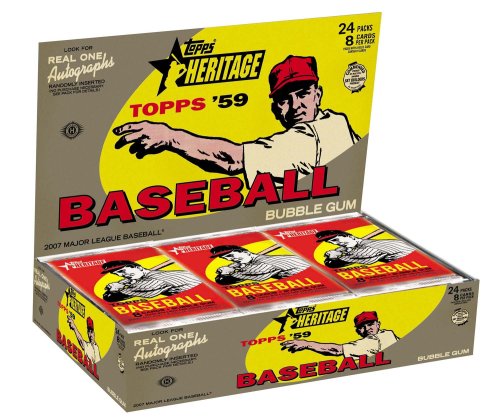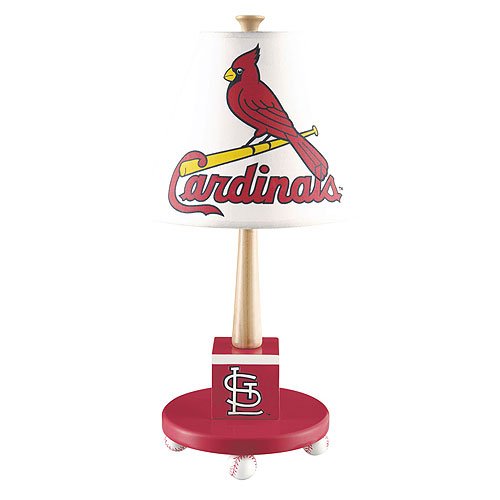 Your living room is alive with light thanks to the team goose-neck desk lamp from The Memory Company. You can watch the game with an abundance of light coming from this 14.5-in x 6-in desk lamp, which features a durable, high-gloss, baked-enamel finish in team colors with printed team names and logos on the shade and base.
Your living room is alive with light thanks to the team goose-neck desk lamp from The Memory Company. You can watch the game with an abundance of light coming from this 14.5-in x 6-in desk lamp, which features a durable, high-gloss, baked-enamel finish in team colors with printed team names and logos on the shade and base.The Great and not late John Wooden says you are only a failure if you have not given a complete effort at all times whether on the field of court. What do I mean? if you are get beat by another team or individual it's OK as long as you gave your best. It happens, you tip your hat and move on. Sure we're disappointed in the outcome but not in our effort. After the games are gone what are the players going to take with them about sports and competition?
Stephen K Reynolds is publisher of the LSR Unlimted "Free" newsletter which focuses on helping newcomers & seasoned pros learn the secrets to marketing in the ever changing world of the internet! Working from home on the internet allows him the time to coach little league baseball in western Montana. For more information on this e-mail lsrwealth@gmail.com
We had players giving up on plays when they should have been going all out and making the other team beat us with their best instead we gave them easy outs. here is the main point I'm driving here is to make the other team beat you, don't hand it to them. That is not acceptable. I mentioned something to them at practice last night and the best player on the team said well we won anyway! Wrong answer!!
Getting adults to understand the importance of a clear perspective on winning and losing is very difficult let alone do the same with little league baseball players. Here I will show why it is important that adults need to show the way for young athletes to understand the objective in sports.
Instilling A Winning Effort Into Little League Baseball Players
Remember coaches you are a teacher and these values go way past playing baseball. Teach them the right way to play the game and have fun with it.
Let's get right into it shall we. Too often i hear especially at the major boys level (11-12 year olds) it all about winning! Well that's great, I like winning as much as anyone and i get very competitive. However I am an adult and and the coach who needs to keep the players with a great understanding of competition.
We play one of the better teams in our league and that 3 runs wouldn't have been enough and we left 3-4 runs out there on the field with a lousy effort.
We are not talking about pro sports here yet that same axiom should and does apply with them most of the time. My point is this you can win a game and not be happy with your players effort and they need to hear about it.
Just last week I watched the team my son is on and that I help with win a game 3-1 against a young team that we should have defeated 8-1 or more. To the other teams credit they played us hard and were right there at the end. Our team made base running blunders that took us out of innings and eliminated additional scoring opportunities.


